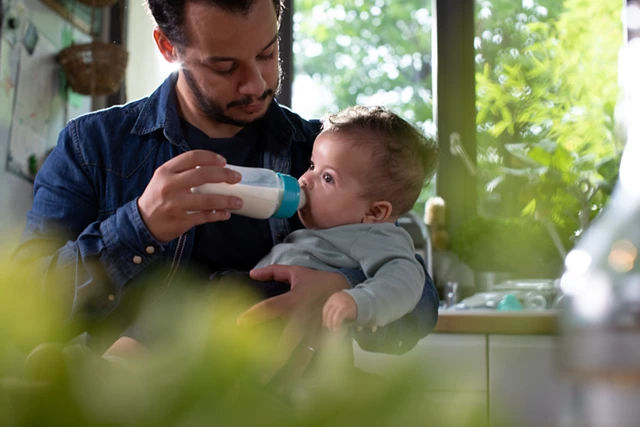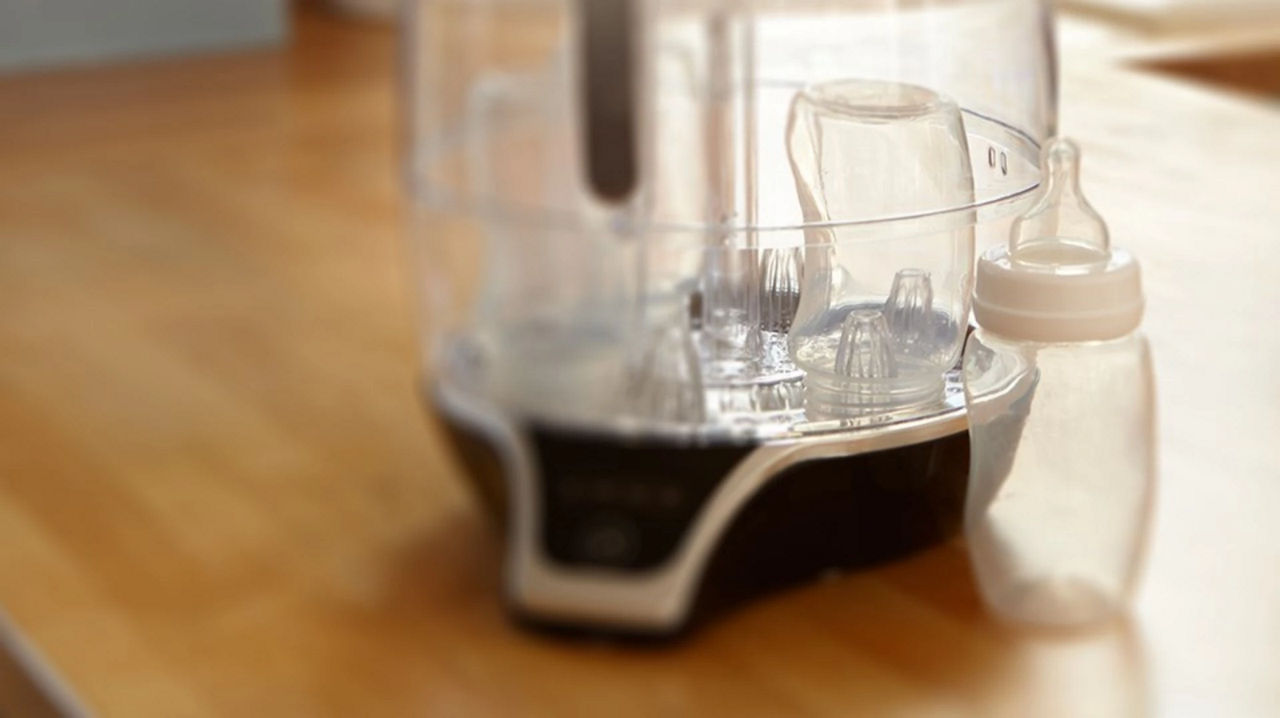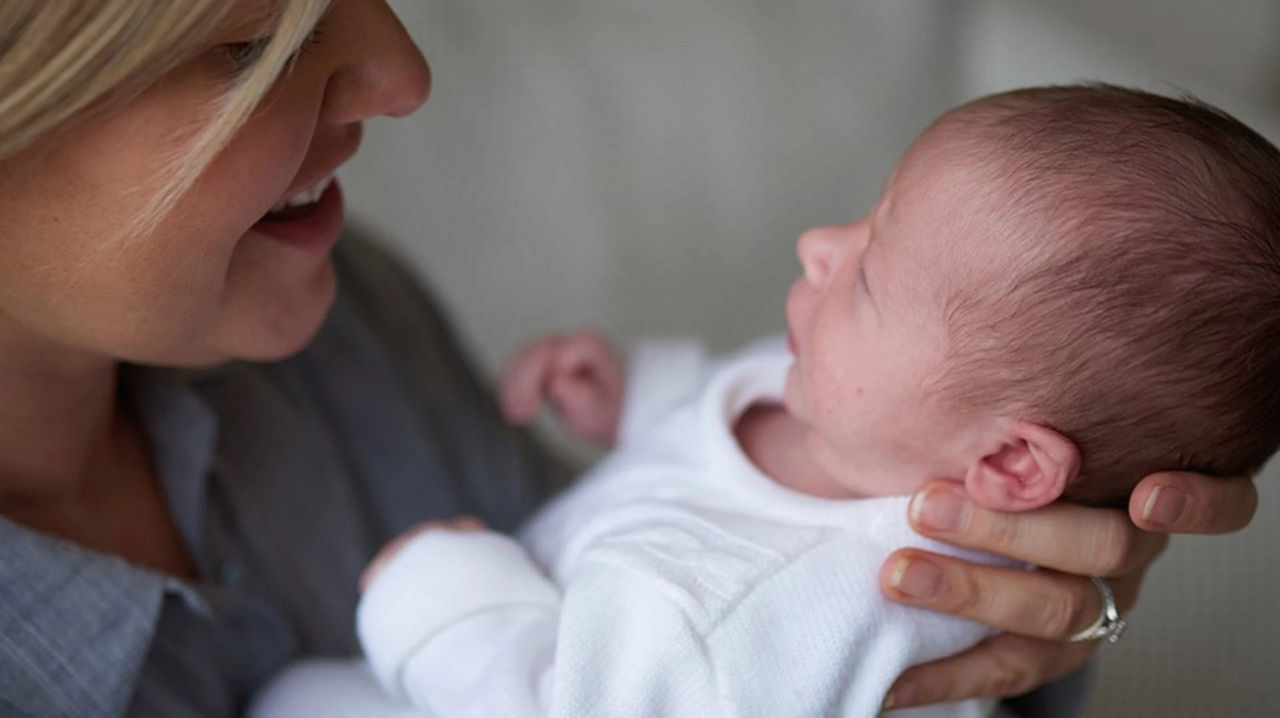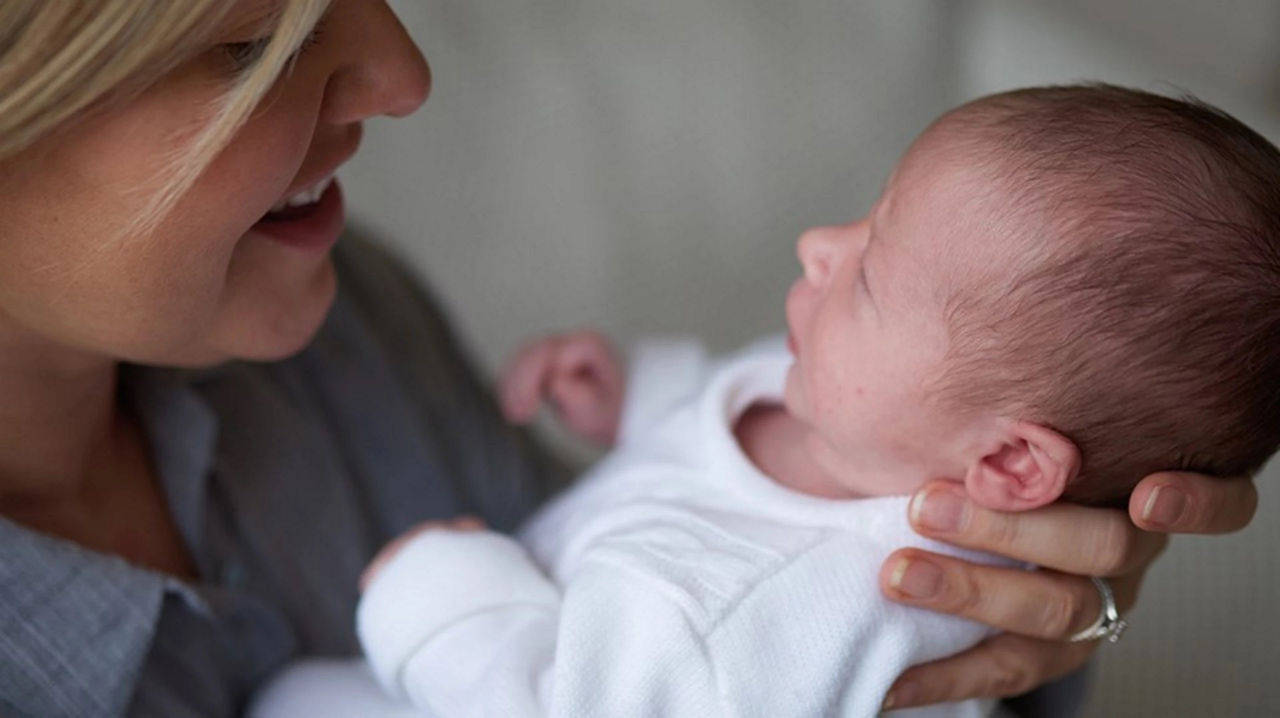Bottle-feeding equipment
Moving on
Things to know before you switch
If you are thinking about bottle-feeding your baby, find out how to choose the best bottle and teat for their stage, plus other essentials like bottle brushes, sterilising equipment and, if formula feeding, your choice of infant milk.
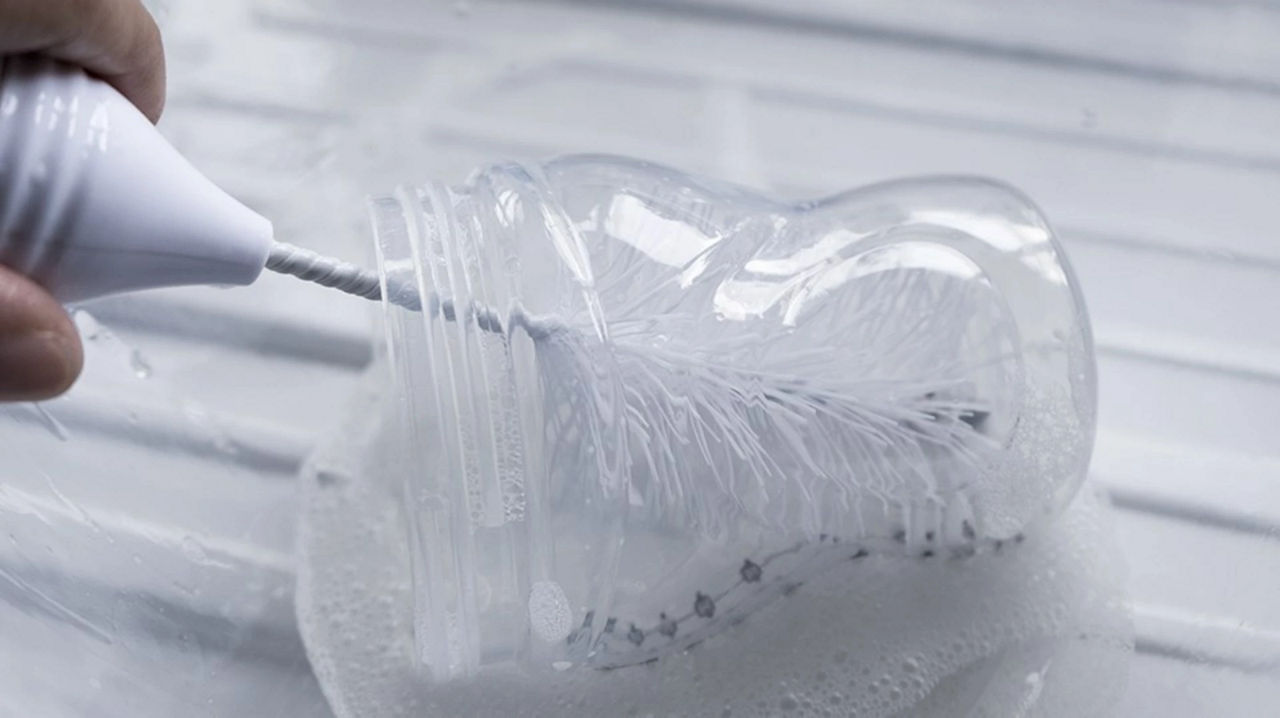
Before you begin bottle-feeding you’ll need to buy:
- A minimum of six baby bottles. Most babies feed around eight up to twelve times a day1,2, so if you're planning to bottle-feed, this will ensure you always have enough bottles to hand.
- At least six teats
- Equipment for sterilising
- A bottle-cleaning brush
- If formula feeding, your choice of infant milk
Baby bottles
Baby bottles come in two sizes:
- Small 120ml/4oz bottles
- Large 225ml/8oz bottles
They are available in three widths:
- Wide-neck
- Regular
- Narrow-neck
There is no evidence suggesting one brand or type of bottle and teat is better than the rest1,3. Some makes of wide-neck bottle are specially designed to prevent your baby from taking in too much air, which can lead to wind and discomfort. An added advantage of a wide-neck is that they’re less messy when filling with formula or breast milk and easier to clean, but take more space in a steriliser and makes it challenging to sterilise many bottles at the same time.
You may find that regular bottles are easier to find teats for, are reasonably priced and are more likely to fit coolers and sterilisers. Narrow-neck bottles can also make it easier for your baby to learn to feed themselves as they’re easier for little hands to hold, but things might get messier when filling them with breast milk or formula.
When choosing your baby’s bottle, it’s down to what you and your baby prefer.
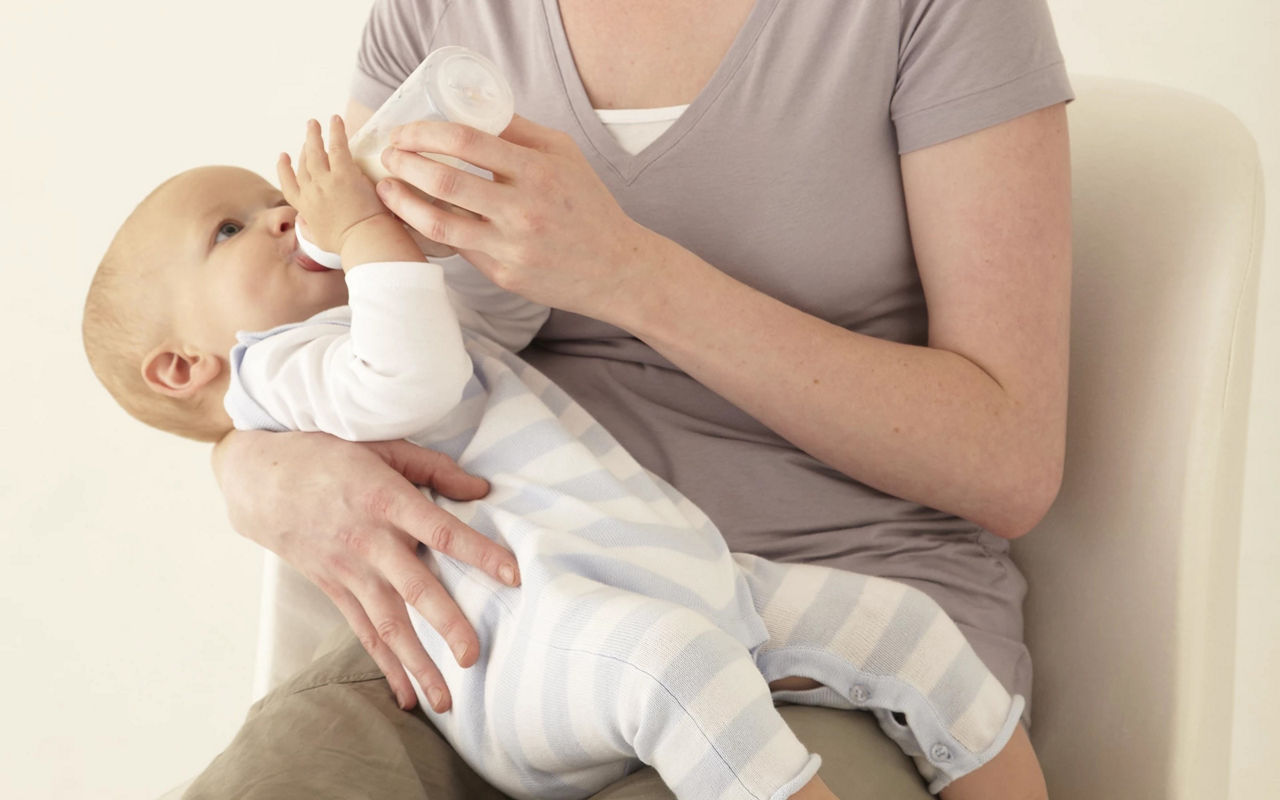
Sterilising feeding equipment to kill any potentially harmful germs
Anti-colic bottles
Some baby bottles and teats are specially designed to reduce the amount of air that babies take in which might be helpful for a colicky baby. If your baby is showing signs of colic, such as seeming unsettled after feeds and suffering with wind, it could be worth trying one of these bottles4.
Sterilisers
Your baby’s immune system is still immature, especially if they are under 6 months old. Sterilising feeding equipment to kill any potentially harmful germs is therefore vitally important.
Before you sterilise, ensure you clean the bottles and teats thoroughly using warm, soapy water and scrub them with a bottle-cleaning brush. You could also put them through the dishwasher5.
Once you’ve done this, there are three ways to sterilise your baby's feeding equipment:
- Boiling
- Steam sterilising – using an electric steam steriliser, or microwave sterilising
- Cold water sterilising
Teats
Teats come in all sorts of shapes, sizes and materials. The right type of teat for you and your baby will depend on your baby’s preference and the type of milk you are using. For newborns, it’s normally preferred to start with slow flowing teats, increasing the flow speed as your baby grows and gets used to sucking1.
If your baby chokes, splutters or leaks milk from their mouth during feeding it may be a sign that the flow is too fast – try a slower flowing teat. Again, if you think your baby is struggling with bottle-feeding, switch to a different type or make of teat. Teats don’t last forever and may deteriorate so be sure to check them regularly, and when they need replacing, remember to pick a size to suit your baby’s stage of growth.
Other useful extras
Along with the obvious bottle-feeding equipment, these useful extras can make your life easier:
- A fast-boiling kettle
- Muslin cloths to mop up spills
- Bibs
Next steps
Add these items to your shopping list:
- At least 6 bottles and 6 teats
- A bottle brush
- If formula feeding, a suitable infant formula of your preference.
- Bibs or muslin squares
Consider your sterilising options. Will you invest in a steam steriliser?
Related articles
Read more about feeding

Need some help?
You can get quick answers to common questions in our FAQs.
Alternatively, if you need help with general pregnancy or baby advice, or maybe on using or ordering our products - our expert team are always on hand to talk about feeding your baby.
- NCT. What bottles and teats do you need for babies? [Online] 2021. Available at https://www.nct.org.uk/baby-toddler/feeding/practical-tips/what-bottles-and-teats-do-you-need-for-babies [Accessed July 2021]
- NHS. Breastfeeding: the first few days [Online] 2019. Available at https://www.nhs.uk/conditions/baby/breastfeeding-and-bottle-feeding/breastfeeding/the-first-few-days/ [Accessed July 2021]
- NHS. Bottle feeding advice [Online] 2021. Available at https://www.nhs.uk/conditions/baby/breastfeeding-and-bottle-feeding/bottle-feeding/advice/ [Accessed July 2021]
- NHS. Breastfeeding challenges [Online] 2021. Available at https://www.nhs.uk/start4life/baby/breastfeeding/breastfeeding-challenges/colic/ [Accessed July 2021]
- NHS. Sterilising baby bottles [Online] 2019. Available at https://www.nhs.uk/conditions/baby/breastfeeding-and-bottle-feeding/bottle-feeding/sterilising-baby-bottles/ [Accessed July 2021]
Last reviewed: 28th July 2021
Reviewed by Oriana Hernandez Carrion


